Our Loch Lomond birdwatching guide
Loch Lomond is a hot spot for wildlife and nature. In the water and on the land, there are plenty of fascinating creatures to spot, such as red squirrels, red deer, pine marten, beavers, otters and dolphins. But look to the skies and there’s so much more to discover! This area provides habitat to nearly 200 species of birds. Loch Lomond is the perfect location for a birdwatching holiday.
Where to go birdwatching
There are many great vantage points around Loch Lomond. So be sure to take a pair of binoculars with you wherever you go, while exploring Loch Lomond and The Trossachs National Park. Near us at Loch Lomond Waterfront, you could climb to the top of Conic Hill, visit RSPB Scotland Loch Lomond Nature Reserve or take a boat out to Inchcailloch Island. You can also see a wide variety of birds of prey at the Loch Lomond Bird of Prey Centre.
What you might see
Here are just a few of our favourite species to look out for. You can get a full checklist here.
Osprey
Ospreys visit Loch Lomond from April to October. These stunning birds of prey feed solely on fish, and can usually be found near water. Balmaha, our closest village, is a popular place to spot them.

White-tailed eagle
Last spring, white-tailed eagles (sea eagles), were seen at Loch Lomond for the first time in over a hundred years! They are the largest birds of prey in the UK with a wingspan of up to 240 cm.
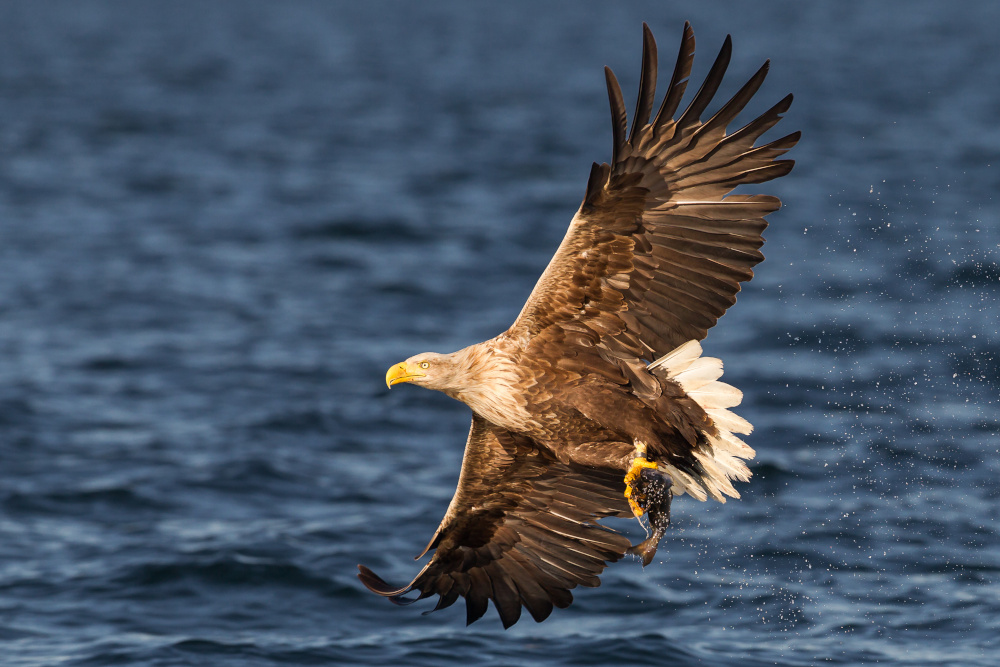
Golden eagle
Golden eagles are difficult to spot, but they do fly high above the mountains in the national park, so look out for these enormous birds of prey. They have a brown body a and golden brown head and neck.
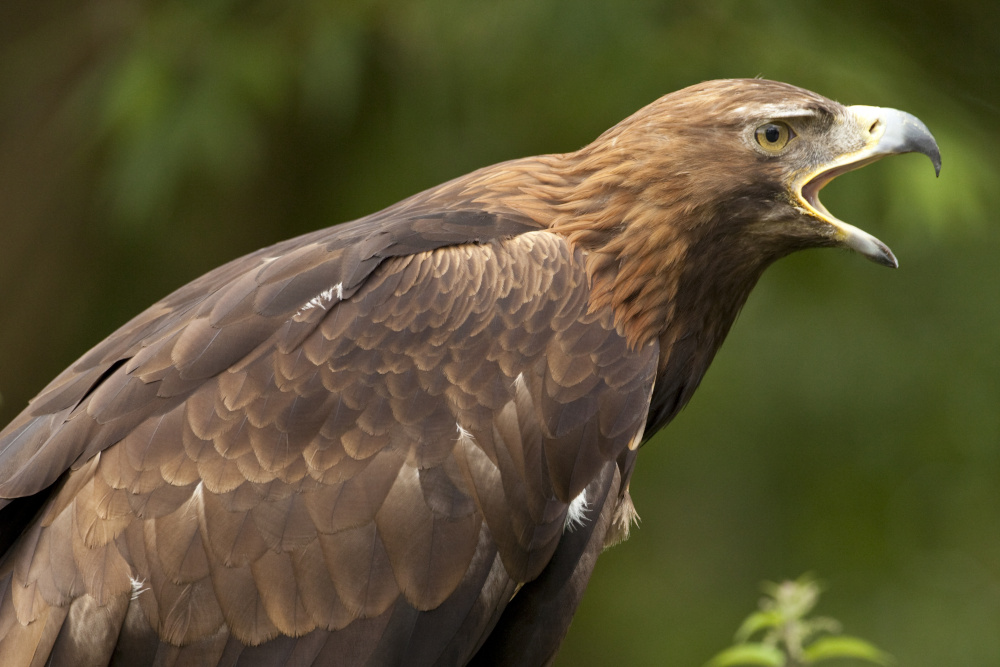
Barn owl
Look out for barn owls with their distinctive heart-shaped faces at dusk and dawn, in woodland and grassland, as they hunt for small mammals. Although you’re more likely to hear their shrieks in the night.

Common kingfisher
Watch out for kingfishers on the hunt for fish, waiting on branches hanging over the water. These bright and beautiful birds are a treat to see, even if it’s just a flash of blue as they dart in and out of the water.

Black grouse
Black grouse are known for their spectacular mating ritual, where competing males dance, display and fight. This happens in spring and autumn at first light. Look for them in moorland and upland glens.
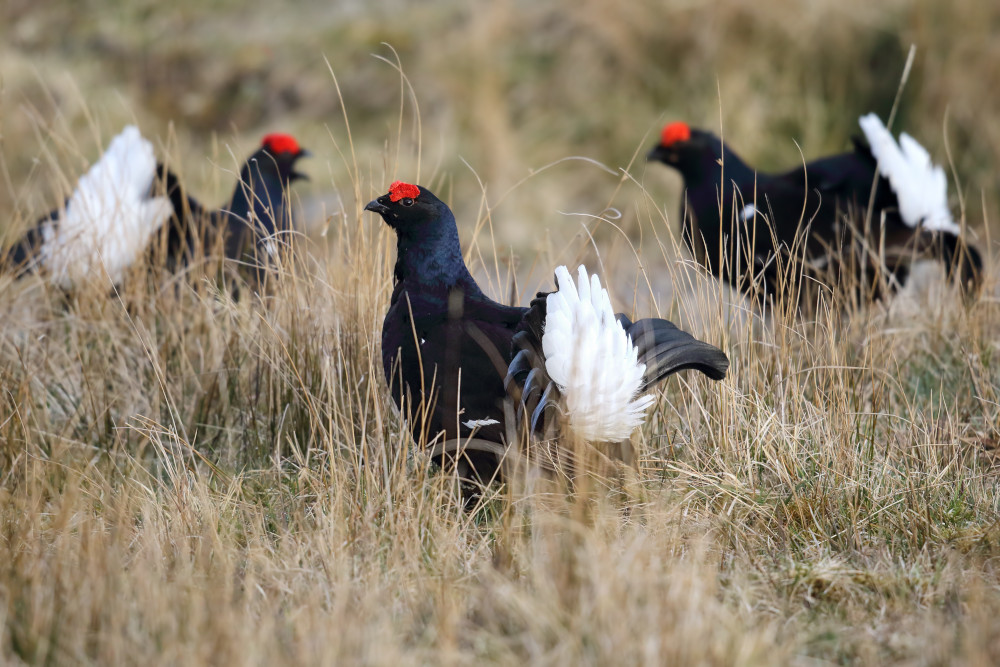
White-fronted goose
Around 200 of these rare white-fronted geese come to Loch Lomond each winter. from Greenland. Spot them on the marshes of the Loch Lomond Nature Reserve from September to March.
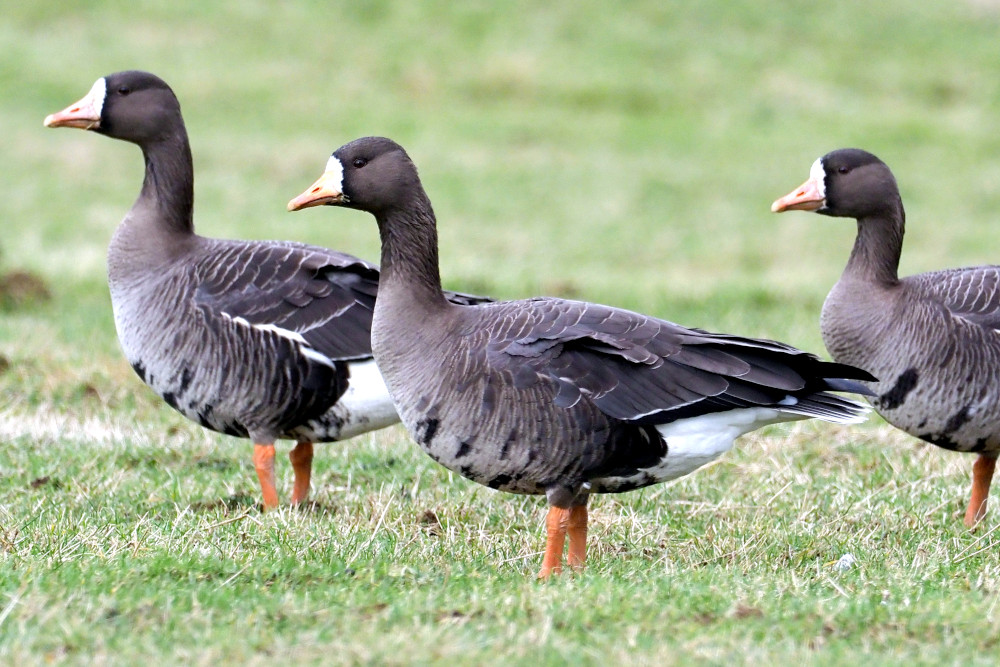
Mute swan
The mute swan can be found in Scotland all year round, and is the largest swan species in the UK. As their name suggests, they don’t have a loud call. They have orange beaks and are commonly found on shallow lochs, ponds and rivers.
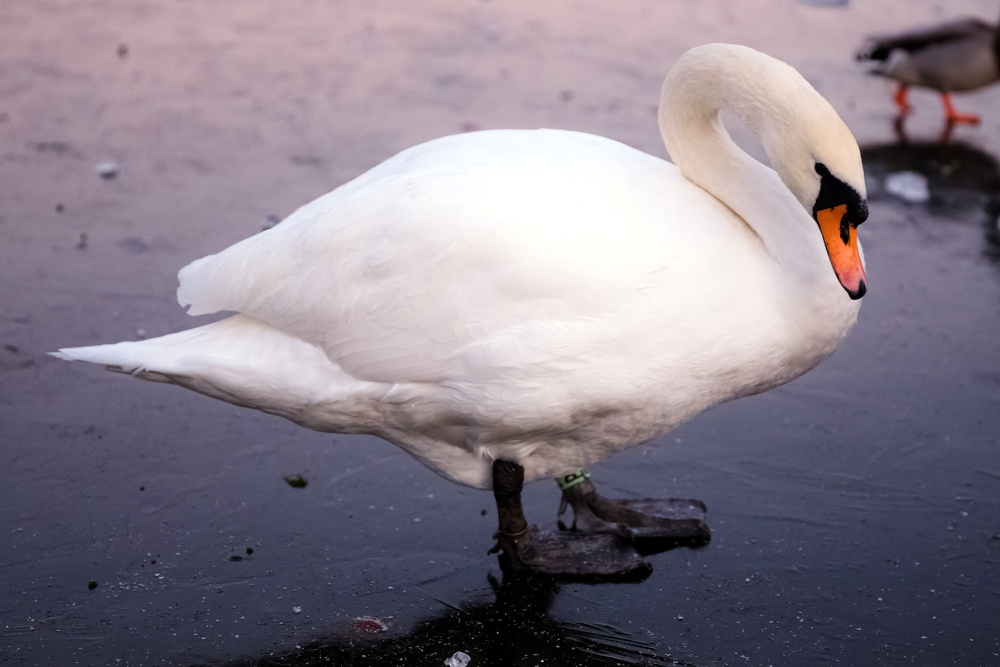
Whooper swan
Whooper swans migrate to Scotland from Iceland for the winter. Distinguishable from mute swans as they are smaller in size, have yellow beaks with a black tip, and make a loud, low-pitched whooping sound.
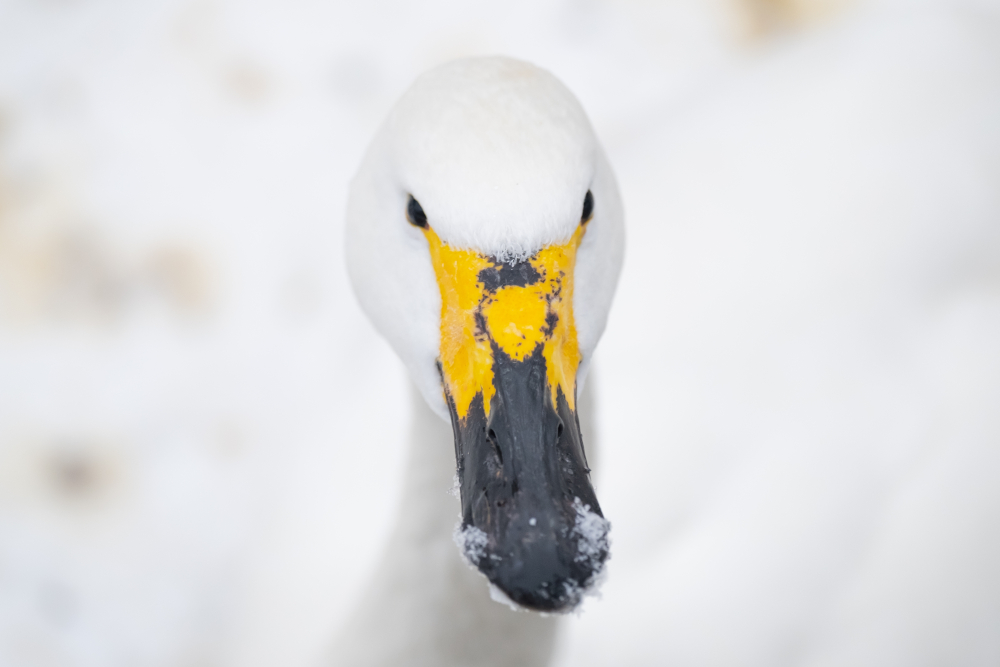
Great-spotted woodpecker
Even if you don’t see a great-spotted woodpecker, you might hear one drumming into a branch above, looking for insects and larvae to eat. Listen out in woodland areas for their unique sound.
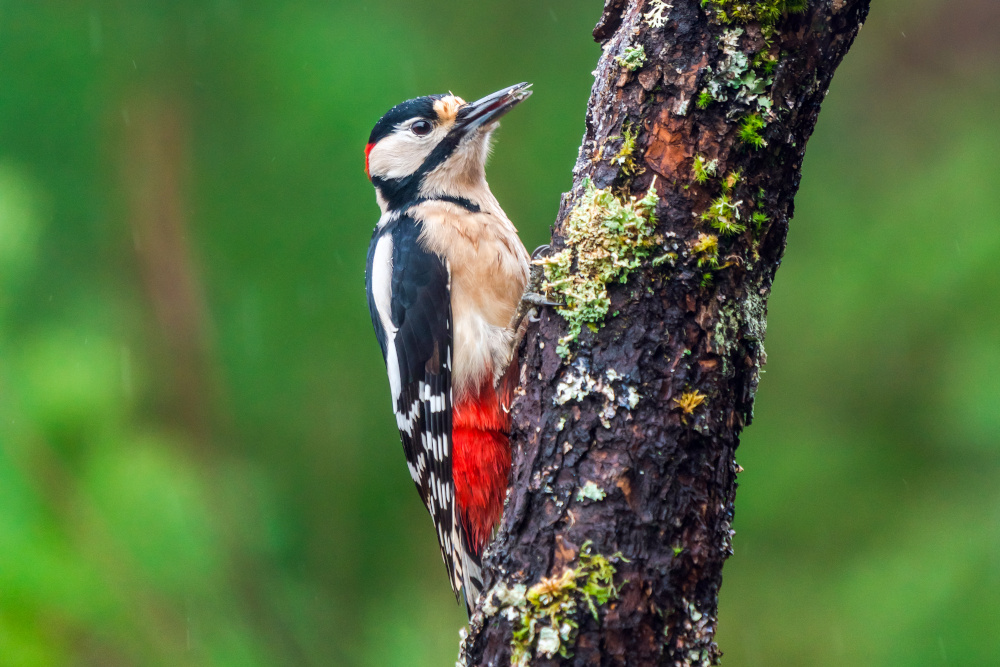
White-throated dipper
White-throated dippers are sweet little stout and short-tailed birds, which dip up and down on rocks in rivers and burns. They are easy to spot all year round.
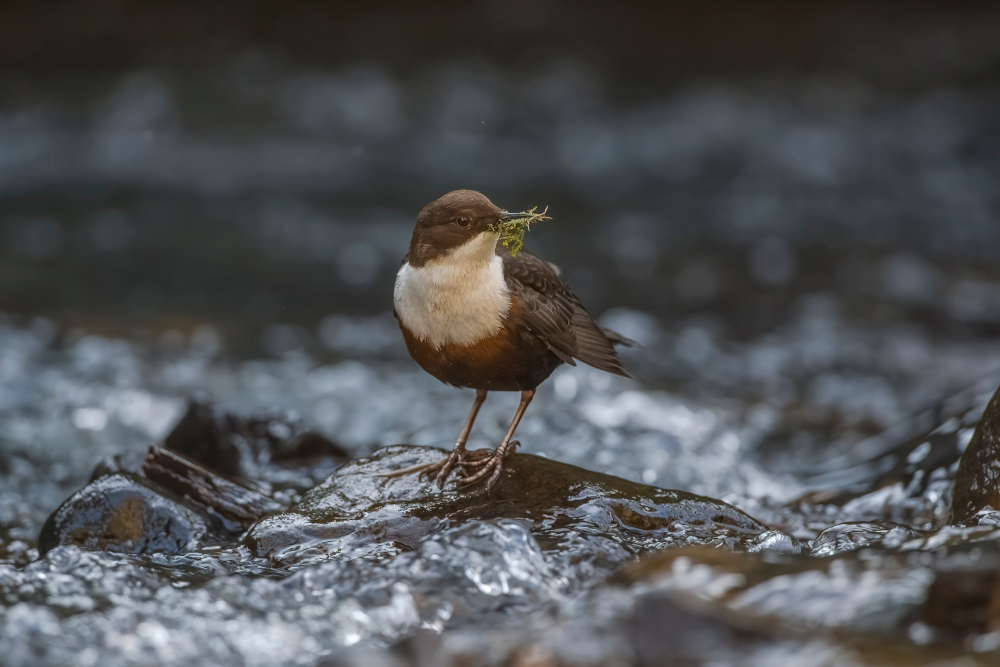
Northern lapwing
Found in farmland and wetland the northern lapwing is easy to recognise, due to its feathery crest and black and white markings. Up close, their backs have a purple-green metallic shimmer to them.
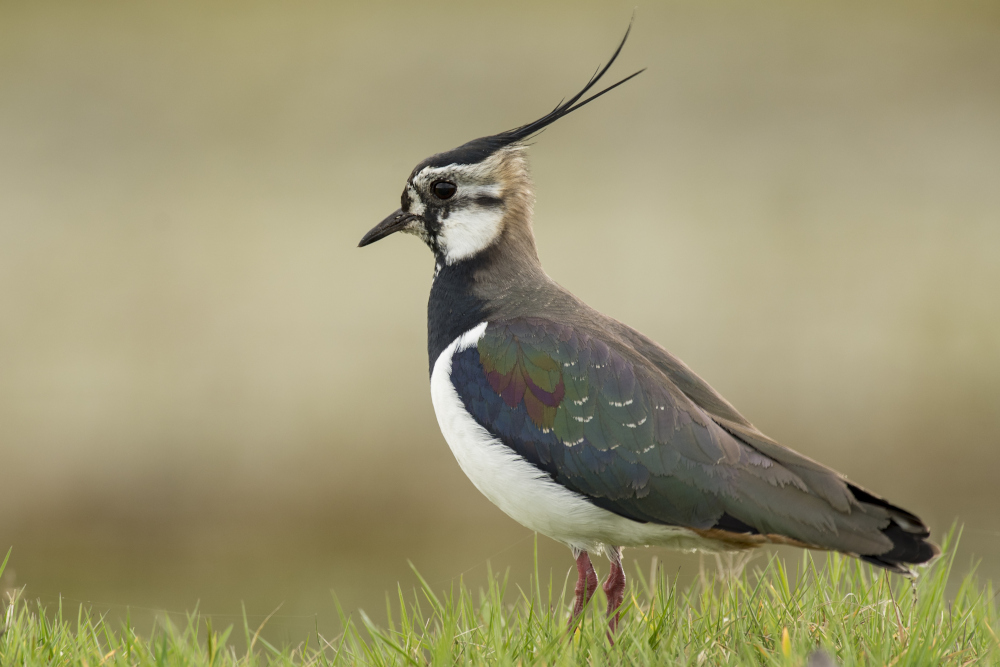
Wood warbler
The wood warbler comes from Africa to Scotland for the summer. From April to August, you may hear this little yellow bird’s two distinctive calls, which are both very different.
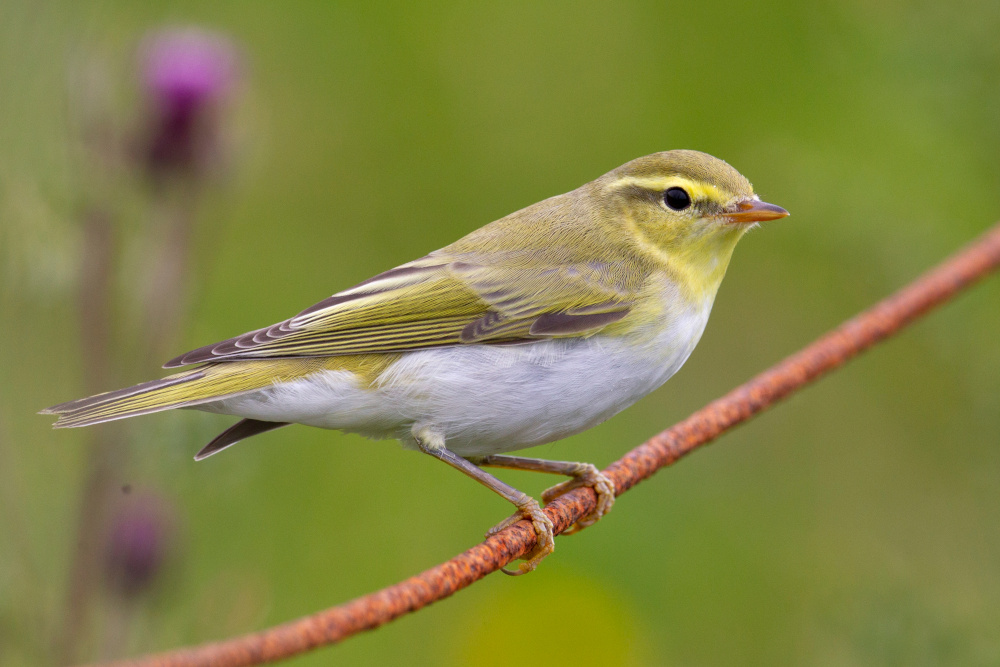
We’d love to see what birdlife you spot during your stay with us at Loch Lomond Waterfront. Connect with us on Facebook, Twitter and Instagram and share your wildlife pictures with us.
Get in touch













